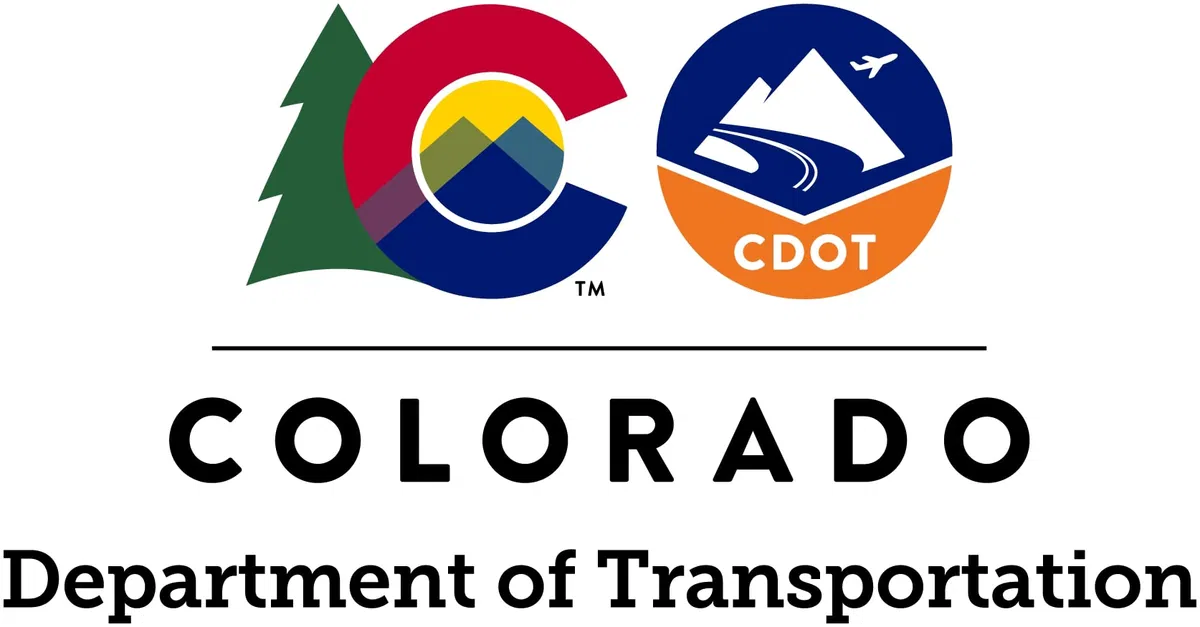CDOT is expanding Colorado’s electric vehicle infrastructure

COLORADO. (KRDO) -- The Colorado Department of Transportation (CDOT) announced that the Federal Highway Administration (FHWA) decided to approve all six stretches of road the state wanted to add to a national network of highways meant to extend electric vehicle (EV) travel options.
The decision will increase the network by 44%. The expansion will enable more roads in the state to be eligible for some of the $57 million in funding that Colorado is receiving over the next five years to build EV chargers.
The newly designated corridors include I-270, US 34, US 36, US 287, US 385, and US 550. Existing corridors include I-25, I,70, I-76, US 40, US 50, US 160 and US 285.
The National Electric Vehicle Infrastructure (NEVI) program is aimed at building out a national system of EV chargers to connect states and help drivers of EVs travel longer distances with the confidence they can find chargers. The program pays up to 80% of eligible costs for charging infrastructure.

The funds can only be used within one mile of federally approved designated corridors and there must be less than a 50-mile gap between chargers, according to CDOT.
"Colorado is poised to build one of the most robust EV charging networks in the country," said Kay Kelly, chief of innovative mobility for the Colorado Department of Transportation. “These newly designated corridors mean that we have significantly more road miles eligible for federal funding to help build chargers and bring EVs and cleaner air to all Coloradans.”
Under the program, CDOT does not own or operate any chargers itself. Rather, the program awards grants to private, public, and nonprofit entities that want to build, own, maintain, and operate chargers.
The designation of additional EV corridors and the future investment of $57 million in federal funds will support Colorado's continued progress toward electrifying the state transportation system. CDOT and its agency partners have a goal of 940,000 light-duty zero-emission vehicles (ZEVs), 1,000 transit ZEVs and 35,000 medium- and heavy-duty ZEVs operating in the state by 2030.
In addition to the many environmental benefits for communities, especially those disproportionately impacted by heavy vehicle traffic and emissions, the addition of EV chargers will help create many new jobs to install, maintain and operate these stations.




